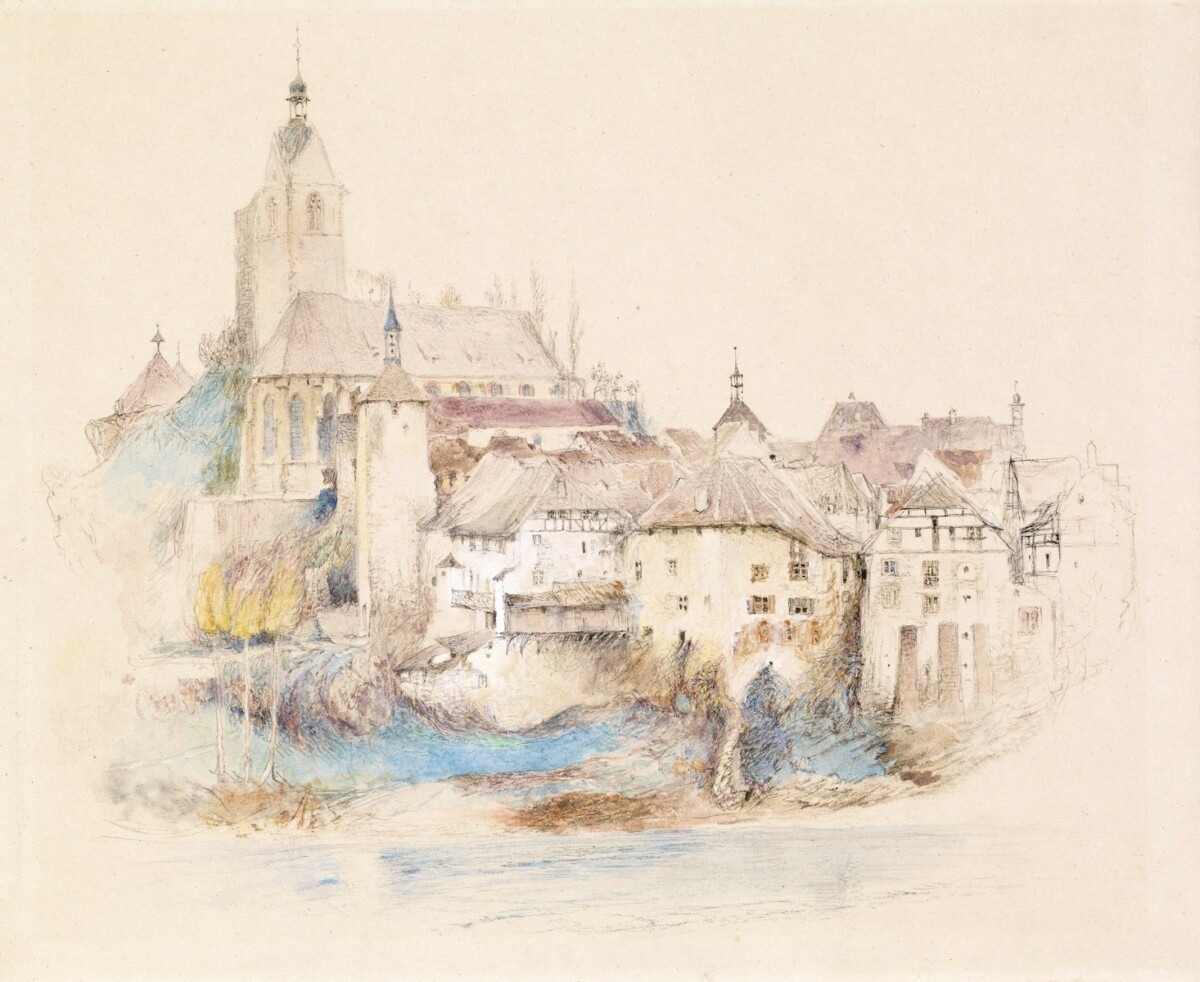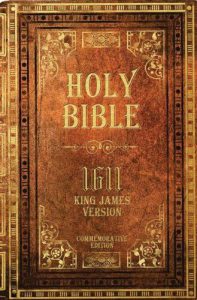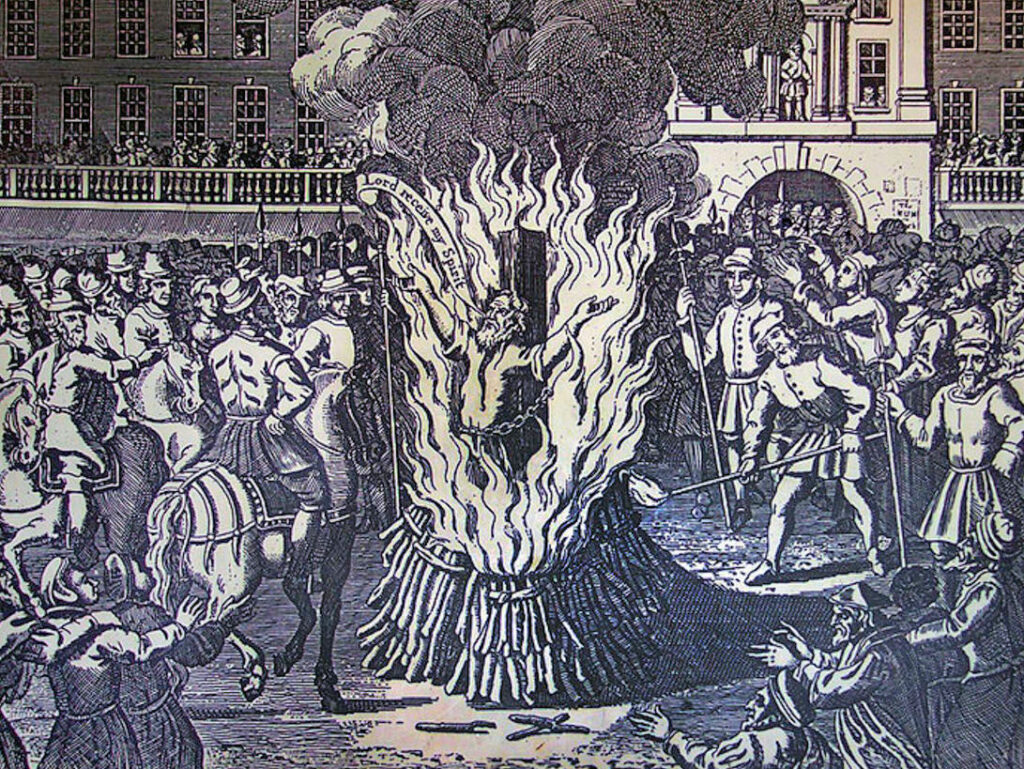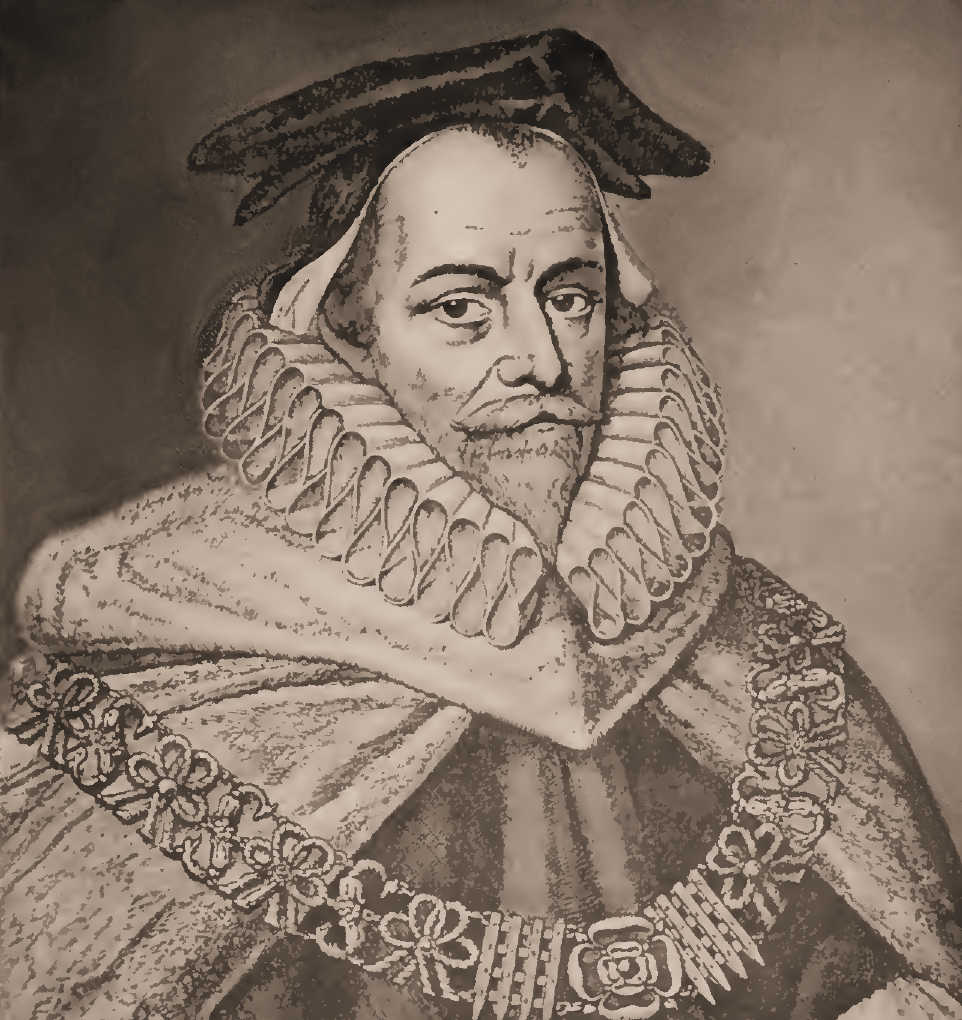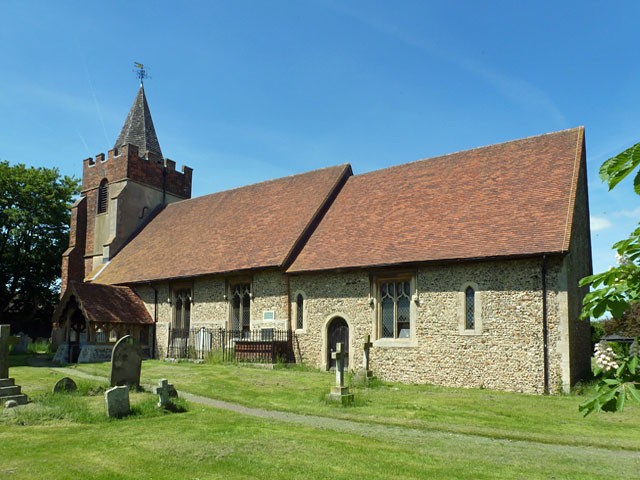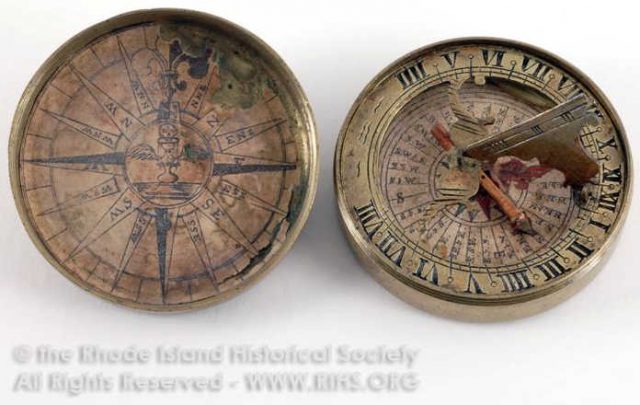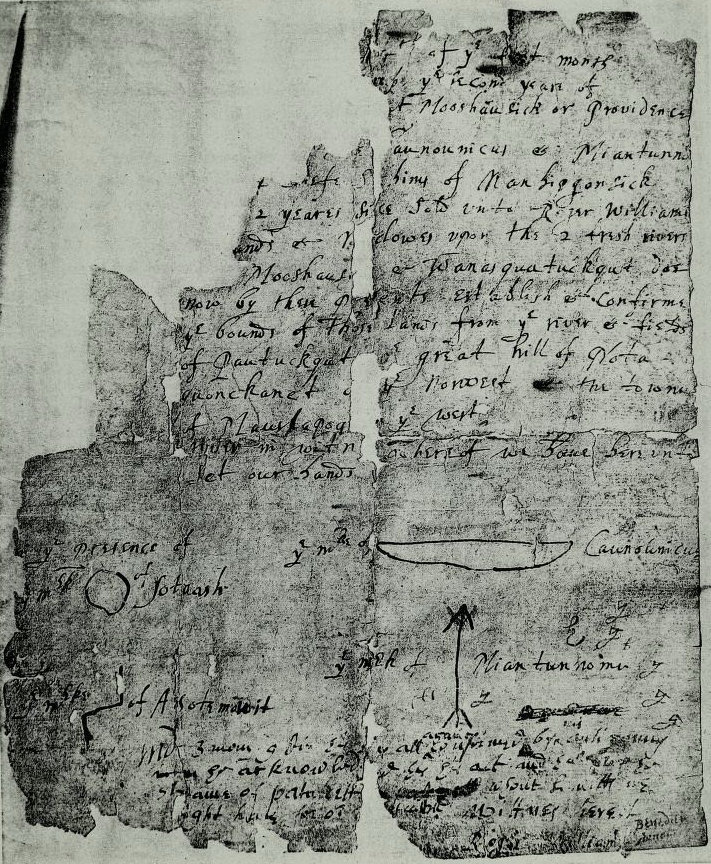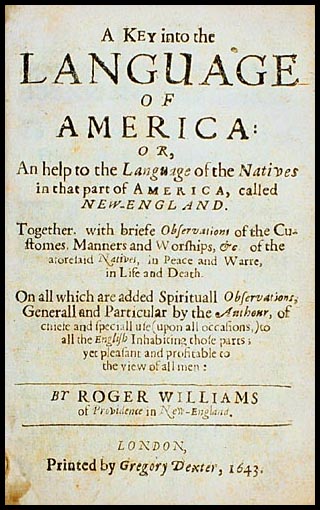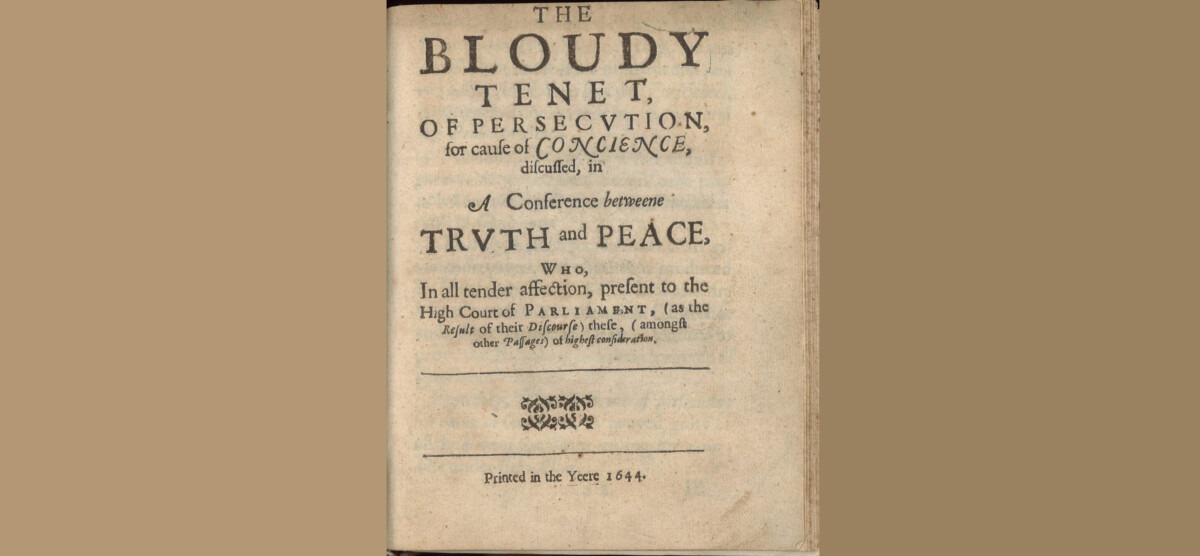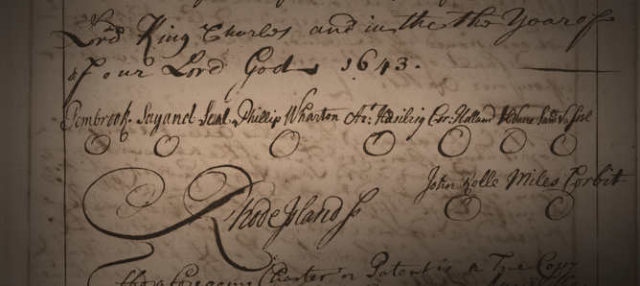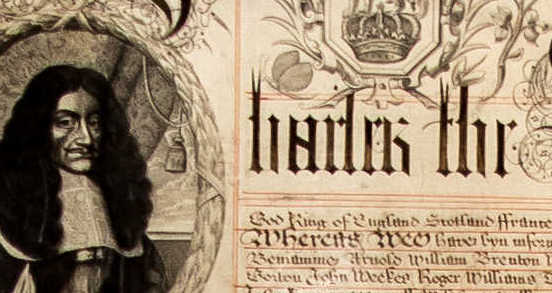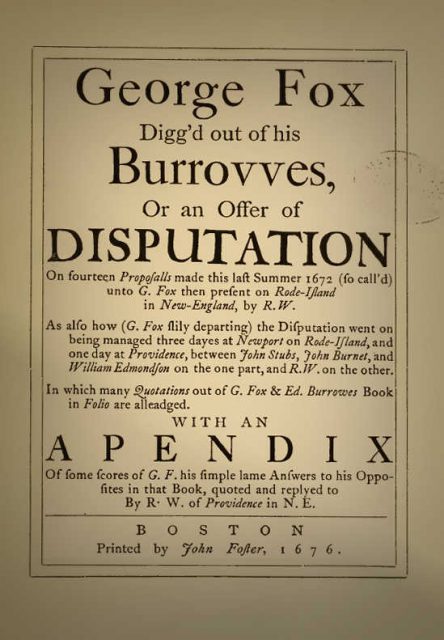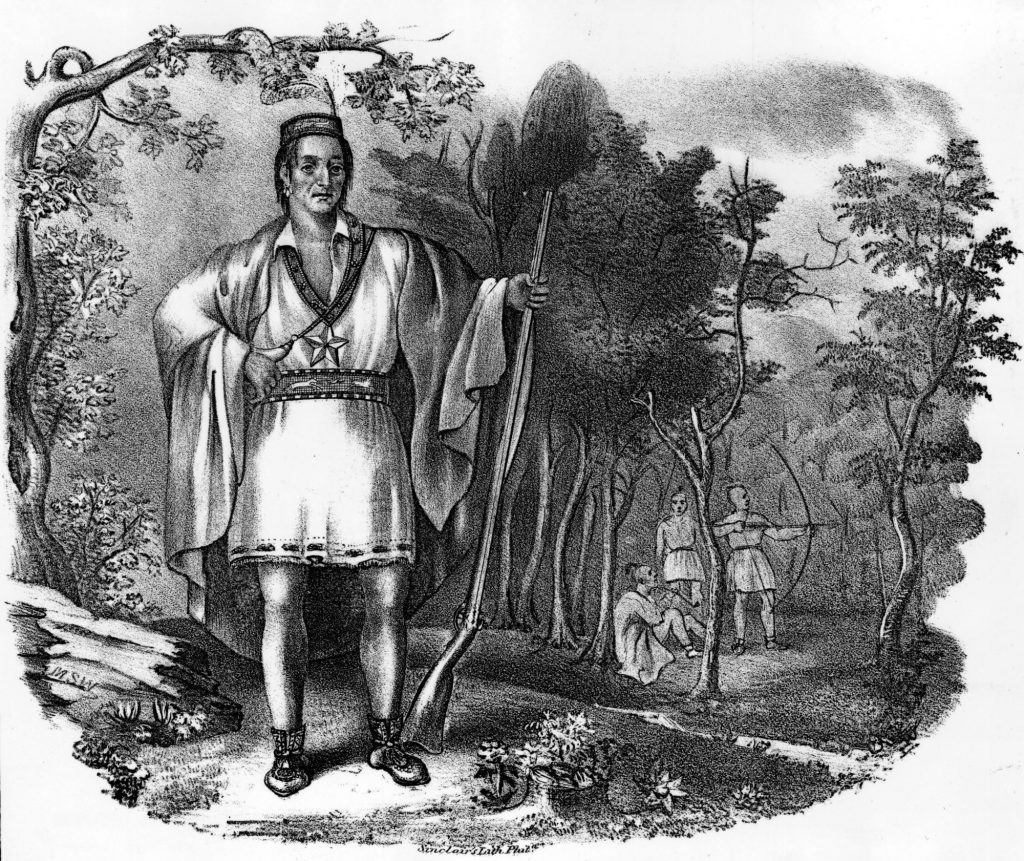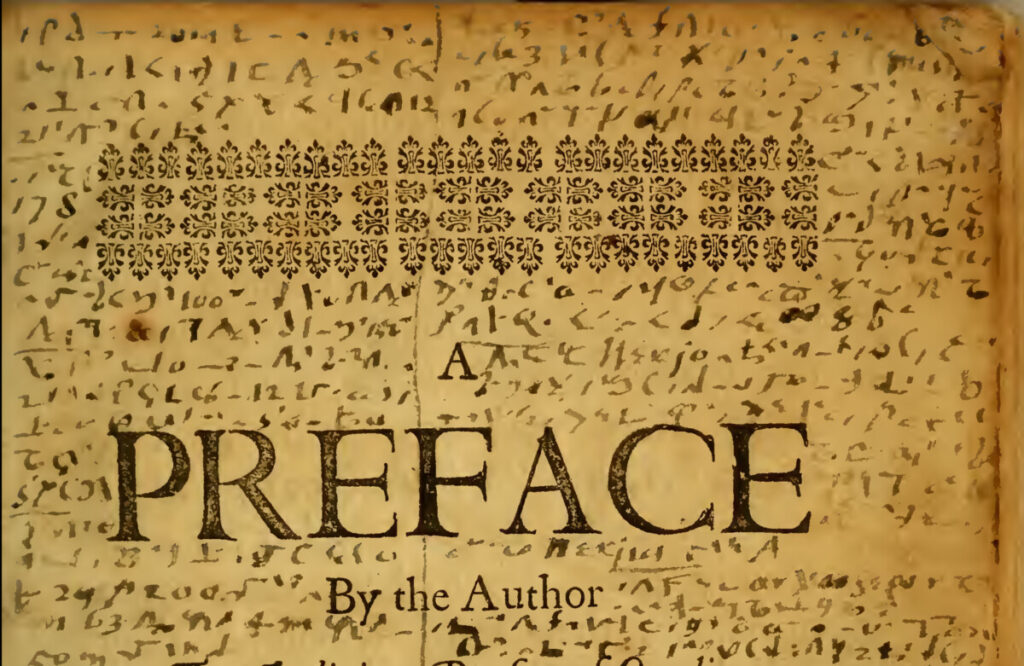For a complete biography of Roger Williams, read my 42-minute deep dive into the life of my 10th great grandpa: “Roger Williams Biography and Dedication to the Freedom of Conscience.” This timeline includes events relevant to him.
Roger Williams (1602-1683), from birth to death including relevant historical events.
From Baroque music and paintings to sculptures and archicture. The dawn of the 17th century witnessed the birth of the Baroque era, marking a transformative period in the history of art that spanned from circa 1600 to 1750 CE. Originating in Italy and spreading across Europe, the Baroque movement represented a significant evolution in artistic expression, characterized by its dramatic, detailed, and exuberant style. This era brought about a profound change in music, visual arts, and architecture, emphasizing motion, contrast, and a vivid sense of emotion that sought to engage the viewer or listener directly. In music, the Baroque period saw the invention of opera as a new form of musical and theatrical expression, the development of complex tonal systems, and the creation of instrumental music forms such as the concerto and sonata. Composers like Johann Sebastian Bach, Antonio Vivaldi, and George Frideric Handel epitomized the Baroque’s intricate harmonies and elaborate compositions. The Baroque era’s emphasis on blending different forms of art to evoke a heightened emotional response represented a significant evolution in the way art was conceived and experienced. It laid the groundwork for future artistic movements and continues to influence the arts profoundly, underscoring the intricate relationship between human emotion, expression, and creativity in the journey of cultural development.
1602ish Birth and Growing Up in London
Roger Williams was born about 1602 or 3. He was born in Smithfield, Greater London, England. His family lived in Long Lane near the site of an ancient meat market. Long Lane was a narrow passageway in the neighborhood of Smithfield in London.
Roger was about 4 when in 1606 King James I gave orders for a British flag to be created which bore the combined crosses of St George and of St Andrew. The result was the Union Jack flag created to celebrate the coming together of the Scotland and England crowns. The previous Cross of Saint George flag was exhibited for four centuries!
Roger was about 9 years old when the King James Bible was published in 1611 under the auspices of King James I of England. The King James Bible was the accepted standard from about 1650 through the early 1900s.
This interpretation of the Bible was evolved from earlier versions but is a reflection of its times. It was still created during a very primitive time in human understanding. Albert Einstein summed it up this way, “…the Bible a collection of honourable, but still primitive legends which are nevertheless pretty childish.” Although the telescope was invented in 1609, nearly all believed the Earth was the center of the universe. Blood circulating in our bodies was discovered 17 years later in 1628. One has to wonder how different this version of the bible would have been if the authors knew what we know now.
Change continues to influence Roger. Changes to religious doctrine is difficult even when dictated by a King. While Roger was growing up, there was much debate and interpretation of the Bible as well as the role of government in dictating religious doctrine. This debate likely leads to his openness to various viewpoints on religion.
Bartholomew Legate was the last man burned at the stake in Smithfield where Roger Williams grew up. Just like Roger’s father, Bartholomew was in the clothing industry and may have interacted with Roger’s father at his shop. Either way, Roger Williams was about ten years old when Bartholomew was burned at the stake for simply discussing and debating some of the details of his own Christian faith. Bartholomew was an early “Seeker”, someone seeking truth about his own religion while still believing in the religion generally.
Roger grew up in the Smithfield area where heretics were burned at the stake. This fact may have shaped his eventual decision to leave England for America and his views on the separation of church and state as well as his belief that religion and the lack of religion, is an individual right. Like Bartholomew, Roger Williams would eventually become a “Seeker” sometime in the 1640s.
Starting about 1615 when Roger Williams was about 12, he apprenticed under Sir Edward Coke, the famous jurist. Coke was a prominent defender of free speech and one of England’s bravest defenders of human rights at a time when a new king was trying to restrict popular liberties. There is no doubt Sir Edward Coke influenced Roger Williams, and there is no doubt Roger Williams influenced America’s founding fathers both directly and indirectly.
The father of Roger Williams Dies in November 1621. Roger’s father James Williams was a merchant tailor in London, England. He was probably born at St. Albans, Hertfordshire. In about 1590 he married Alice Pemberton, and soon after moved to and went into business in London. He died in November 1621, leaving his property to his wife and children including Roger. When James died he made provisions for the distribution of money and bread among the poor on the day or day following his funeral.
PEMBROKE COLLEGE. Cambridge. England. On June 29, 1623, Roger Williams registered as a student.
He obtained his degree in 1626. Pembroke Hall. Brown University commemorates this fact by its name.
In 1629 Roger was ordained a minister in the Church of England and was invited to become the family chaplain in the grand home of Sir William Masham at Otes in the county of Essex. Many Puritan leaders lived in Essex and were struggling against a growing number of restrictions from the new King Charles I. Many of the Puritans that traveled to New England emigrated from Essex during this time.
At the age of about 26, Roger married Mary Bernard on December 15, 1629, in High Laver, Epping Forest, Essex, England when she was 20 years old.
Mary Bernard was born in London, England, on September 24, 1609. Mary’s last name is sometimes given as Barnard, but according to many historians, she was the daughter of the clergyman, Richard Bernard. Mary was a maidservant in the nearby grand estate belonging to Lady Joan Barrington. The couple was married in the church of High Laver.
Roger and new bride Mary left England for New England in 1630. Roger and his wife Mary travelled on a ship called Lyon. He travelled from Bristol, England and landed at Salem, Massachusetts. The ship set sail from Bristol on December 1, 1630, and after 65 days at sea arrived on February 5, 1631. Roger resided in Massachusetts for a short time, but after some discontent moved to Plymouth.
In 1634, Roger Williams moved to Salem and was the assistant to Pastor Samuel Skelton (1592-1634). He moved there at a time when Pastor Skelton was ill. The Pastor died soon after Roger arrived. Roger Williams was appointed their teacher and was finally empowered with authority. Over the next year, Roger preached separation of church and state, and other radical ideas of the time. Roger preached that the Church of England was wrong to force non-believers such as atheists, Jews, Muslims, etc. to pray, and it was wrong to make them support the Church of England.
The local legislature decided to send Roger Williams back to England for trial. In early Jan 1636, Roger Williams flees into the wilderness with very little. We know he had his compass and sundial, and that he journeyed to Narragansett Bay with his young devoted servant Thomas Angell. The two wandered for almost fourteen weeks through the winter and into the spring of 1636, encountering hardships along the way. This compass is now in the Smithsonian. Francis Wickes joined them at some point during their 14 week journey, or soon after they arrived at Providence.
In 1638 Roger Williams purchased the land on the north side of the Pawtuxet River from the local Native Americans. He then sold the land that same year to William Arnold and William Harris for the price of a cow. He signed the land deed with the sachems, Canonicus, and Miantonomy tribes on March 24, 1638.
The “Towne Evidence” to the right was the original land deed drawn up by Roger Williams and the Sachem. Unlike most early settlers, Roger Williams arranged to buy the land from the local natives for a fair price. He then arranged to transfer the land to those that settled the land with him.
They formed the first agreement or covenant for the government of Providence on April 7, 1638. Providence is the first place in modern history where citizenship and religion were separate. Providence provided religious liberty and separation of church and state. This was combined with the principle of majoritarian democracy in Providence and was a template for modern American life. Later, in 1802, Thomas Jefferson used Roger Williams’ phrase “wall of separation” to describe the separation of church and state in the USA. Providence and Rhode Island became a refuge for religious minorities including Quakers, Catholics, Baptists, Jews, Antinomians, and atheists, etc. Pretty much anyone who fled from religious intolerance or persecution.
Each head of household was given the same amount and quality of land, about six acres. There was no big house at the top of the hill with the poorer households huddled together. Each of the settlers started the same, making Providence a settlement of equals.
In 1643, Roger Williams wrote A Key Into the Language of America, A help to the language of the natives in that part of America called New England. He wrote the book mostly while on the two-month voyage to England. It was on sale by September 7, 1643.
He wrote down what he learned about the Narragansett culture and language. This 17th century book describes the Native American languages in the New England area (largely Narragansett, an Algonquian language). At the time of this book, New England consisted of the Massachusetts, Rhode Island, Connecticut, and New Hampshire colonies.
In 1644, Williams published The Bloudy Tenent of Persecution. Historians consider it his most famous work. He wrote Bloudy after arriving in London in midsummer 1643. It was on sale by July 15, 1644. It is a fierce attack on religious and political intolerance in both Old England and New. He advocated for free thought and belief because he felt that punishing those that did not believe was not part of his faith and government should be separate from religion. Roger advocated for a “hedge or wall of Separation between the Garden of the Church and the Wilderness of the world” in order to keep the church pure. His ideas raised questions and challenges but his ideas endured over time.
The first TRUE democracy in America. From the charter largely drafted by Roger Williams who was influenced by his mentor Sir Edward Coke who relied heavily on the Magna Carta in legal proceedings.
From Roger Williams’ 1643/4 charter:
…full Power and Authority to rule themselves…by such a Form of Civil Government, as by voluntary consent of all, or the greater Part of them…
Read the full charter here. The date is an English Double Date so Mar 14, 1643/4 is our modern Mar 14, 1644.
In 1651, William Coddington received a commission to govern for life Aquidneck and neighboring Conanicut Island. Roger Williams responded by returning to England with John Clarke (1609-20 Apr 1676) the same year in 1651 to defend the colony’s charter. Just weeks earlier the parliament was busy with religious matters. Specifically, the powers of the church. Although Roger Williams was there to defend his young settlement, he couldn’t help but get involved. Within weeks he wrote and printed several pamphlets framing the issues of the day and supporting religious tolerance.
Subtitle: A Briefe Discourse concerning that name Heathen
Not only did Roger Williams write the first book on the local native americans, he supported them in ways that were 400 years ahead of his time.
In 1645 Roger Williams wrote this small 25 page book. In it he documented that the English and Dutch refer to native americans as heathens and not always just to mean non-christians.
From 2nd Book of Providence records:
10th of the 7th month [Sep] 1654
Mr Roger Williams is chosen Moderatour of this Assembly.
Mr Roger Williams Chosen for President
Arthur ffener Tho : Harris for Asistant
Gregory Dexter General Recorder . /
Hugh Bewet General Serjeant
John Sayles General Treasurer: /
Roger Williams was president of the colony from 12 September 1654 to 19 May 1657. Upon his return, Roger Williams was elected the 9th President of the colony from 1654-57. He was able to reunite the factions in the area including Pawtuxet rejoining in 1658. Before and after he held many colony and town offices. During this time Roger’s convinced Massachusetts Bay Colony to give up claim to lands, and established a new charter which brought confidence to the young community.
In July 1663, King Charles II granted a Royal Charter to the Colony of Rhode Island and Providence Plantations uniting Providence, Warwick, Newport and Portsmouth. It became the State of Rhode Island after the Revolutionary War. John Clarke, who stayed behind after Roger returned in 1654, worked hard and deserves much of the credit.
The Great Quaker Debates occurred in 1672 on Aug 9, 10, 12, and 17 of August. Although Roger Williams welcomed those with differing opinions, he relished in the opportunity to present his viewpoint. Famously, in 1672 at the age of about 69 or 70, he rowed alone, all night from Providence to Newport to debate the Quakers at 9AM. The first session of the debate was held on the 9th, 10th, and 12th of August 1672 in Newport. His brother Robert was then a school master at Newport and helped with the debates. On the 17th, the debate continued one more day in Providence. Many attended both sessions. Roger presented 14 arguments during the debate.
Four years later he published a book on the debates titled, “George Fox Digg’d out of his Burrowes”.
The King Philip’s War started on Jun 20, 1675, and ended on Apr 12, 1678. An elderly Roger Williams played a key role in the conflict. At the urging of Roger Williams, the Narragansett natives maintained neutrality during the early months of King Phillip’s War.
Later in 1676, a large army of about 3,500 native warriors led by chief sachem Canonchet marched north along the coast destroying towns. Roger went out to meet with the native leaders. Their discussions began with Roger scolding the Narragansett for becoming involved in the war. That led nowhere so he attempted to bluff them by saying they were not good fighters, and that 100 English could hold them off. His bluff was called and the Narragansett accepted a face off. He reacted by doing what he was known to do best, negotiate. He asked for the Narragansett to give him their demands so he could negotiate for them. His proposal was rejected. When Roger turned to walk away. He was warned by the natives that there were some young braves on his side of the river that might ‘do him some mischief,’ and he could safely return to the blockhouse by walking along the water’s edge.
The natives burned most of Providence. Roger’s home and crops were among those burned. Roger survived and helped rebuild Rhode Island, but mainly focused on Providence. For a time, he lived in his son Joseph’s home. He lead the first meeting after the war outside under a tree.
Sometime in 1676, Roger’s wife Mary died in Providence. She reached 66 years of age and died about a year into the King Philips War. I have yet to find a record of how she died.
Treachery and Seduction
This book was published for the first time in April 2014. At times, paper was scarce so on occasion Roger used existing books to write down his thoughts. Near the end of his life, Roger Williams scrawled an encrypted essay in the margins of a colonial-era book. This unpublished scribbles or “essay” is believed to be Roger Williams’ final treatise. For more than 300 years those shorthand notes remained undeciphered until a team of Brown University undergraduates cracked the code. In 1679, a debate on infant versus believer’s baptism had taken shape in both New England and old. Amazingly, Williams’ unique shorthand code contained a previously undiscovered essay, which was a point-by-point refutation of the famous Puritan John Eliot who was the “Apostle to the Indians”. Eliot’s book supported infant baptism.
Roger lived a long productive life. On May 6, 1682, when he was about 80, he wrote to Governor Bradstreet saying:
“I am old and weak and bruised (with rupture and colic), and lameness on both feet.” –Roger Williams
Roger died in his beloved Providence between January 15, 1683 and April 1, 1683, at the age of about 80 or 81–his birth year is still in question but believed by most today to be 1602 or 1603.



